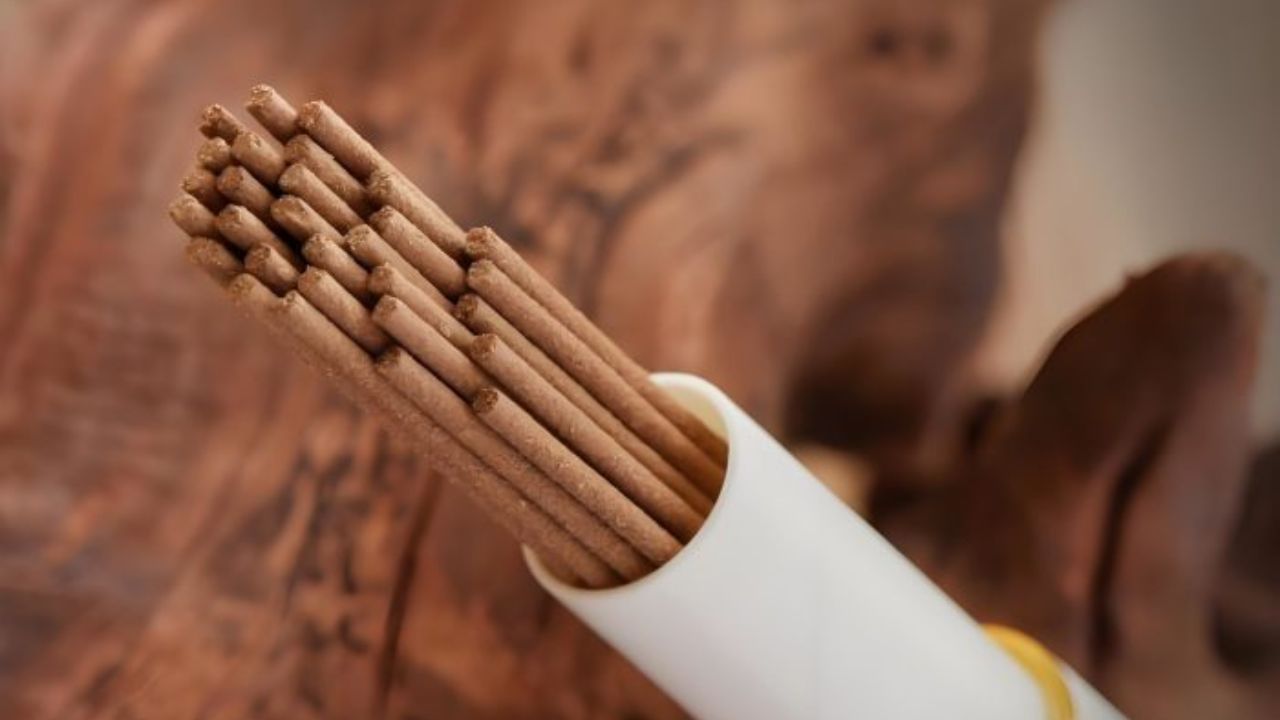People use incense burning as a common practice to achieve relaxation and meditation and perform spiritual rituals. The main user concern about incense usage involves the buildup of residue that stays on surfaces and degrades indoor air quality. The correct method to use incense stick enables users to experience incense while controlling buildup and creating a secure atmosphere.
Choosing the Right Incense
The quantity of residue produced depends heavily on the selection of incense type which is burned. Natural incense made from pure materials, including essential oils and plant substances, creates cleaner smoke than synthetic alternatives do. Incense sticks and cones containing artificial binders or charcoal produce a higher amount of soot and residue during burning. The use of organic handmade incense produces cleaner burns, which generate minimal unwanted substances.
Proper Ventilation
Ventilation needs to be sufficient to stop incense residue from accumulating on furniture and wall surfaces. The proper ventilation of burning incense enables smoke particles to spread better, which minimizes residue accumulation. The process of opening windows combined with fan operation helps air circulation, which causes particles to drift away from surfaces instead of accumulating. Users should exercise caution to stop powerful drafts from both upsetting incense holders and spreading ash.
Selecting an Appropriate Burner
The design of an incense burner plays a role in determining the quantity of remaining residue. A properly designed holder should contain falling ash to stop it from spreading. Incense burners with enclosed designs or ash-catching trays help users clean up while protecting surrounding surfaces from getting covered with fine particles. The process of both emptying and cleaning the burner regularly results in a clean burning area.
Placement and Surface Protection
Placing incense at proper locations reduces the formation of residue. When you place the burner on heat-resistant surfaces which stay away from delicate materials you protect those materials from discoloration and staining. A tray or non-porous surface placed beneath the burner will collect any accumulating ash and debris. When incense burners are positioned away from walls and ceilings the formation of soot deposits becomes less likely.
Regular Cleaning Practices
A proper cleaning routine serves as the main defense against incense residue becoming dangerous in your environment. The use of damp cloths and microfiber dusters enables regular surface cleaning, which prevents tiny particles from settling on surfaces. Regular maintenance of air vents and fans helps stop the circulation of accumulated residue throughout the room. Vacuuming carpets and upholstery effectively removes invisible ash and soot particles which accumulate on these surfaces.
Using Air Purifiers and Filters
Air purifiers with HEPA filters effectively decrease the number of airborne particles that come from incense smoke. These devices serve to capture fine soot particles, which prevents them from reaching furniture surfaces and floor areas. High-efficiency HVAC filters prevent smoke-related particles from spreading through the building ventilation system. Regular replacement and proper cleaning of these filters will improve their ability to function effectively.
Conclusion
Proper safety measures enable burning incense to become a peaceful experience, which prevents the accumulation of residue. The combination of selecting premium incense, together with proper ventilation and suitable burners, along with routine cleaning practices, enables users to experience incense without facing problems caused by excessive soot or ash. The implementation of air purification strategies combined with controlled incense burning schedules results in a healthier indoor environment.
